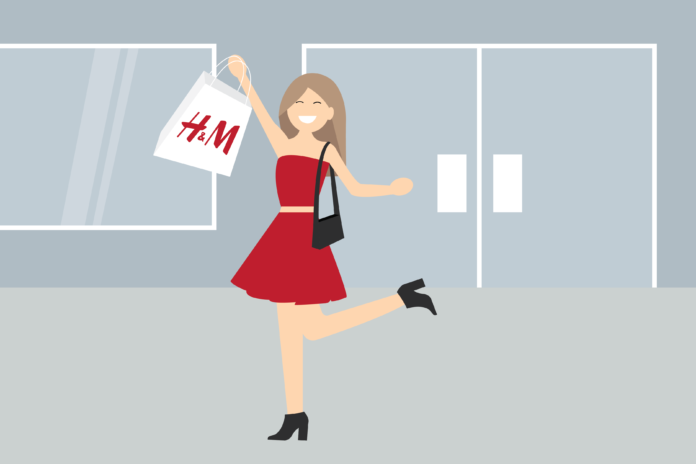It can provide the creative stimulation we need to move forward
To many, retail therapy means one of two things — either a “treat yourself” day to splurge at the mall or a clever trap for shoppers to spend excessively. Although retail therapy seems like an oxymoron, and many use it as an excuse to engage in out-of-hand American consumerism, even I have to admit that there were times in my life when it worked its magic.
We form some aspect of our identity based on the objects and possessions we surround ourselves with. From the pictures we hang up on our walls to the design of the shoes we wear, we all make choices that visually express our preferences and personalities. When we shop, we’re searching for the clothing, furniture and appliances that do just this, which is partly why retail therapy works.
In an article for Psychology Today, Dr. Kit Yarrow weighs the many positive and negative consequences of retail therapy. It can be a chance to hit the reset button and transition from one phase of life to another. After all, what better way to move forward than changing the objects that make up your surroundings?
Shopping isn’t just a mind-numbing activity void of any substantive mental stimulation — it requires thought and visualization. When you buy a painting, you’re often thinking about where you’ll hang it up and how it will fit the room. The same goes for shoes; you don’t pick out a new pair without considering where to wear them and what outfit best matches. It’s a visual activity.
“Visualization is a performance booster and anxiety reducer,” Yarrow said.
But what makes retail therapy so mentally stimulating is the degree of creativity involved in these choices. There’s a unique satisfaction in finding the perfect combination of furniture, paint and decor for your home or the right colors, fabrics and textures to incorporate into your outfits. This is probably why I spent hours of my middle school years perusing Pinterest and religiously updating my meticulously organized boards.
I loved the creative inspiration that Pinterest offered. And when I redid my own room in high school, it was exciting to pick paint for my walls, decide where to mount my bookshelves and work out every tiny detail in the most creatively demanding task I had ever taken on.
Shopping is one of the few areas in life where we can have total and certain control. It’s gratifying to choose how to visually represent ourselves, even if through nothing more than a new sweater to wear at home.
Although retail therapy does come with some positive psychological effects, it is not a substitute for an actual therapist. Temporary happiness from shopping, however powerful in the moment, isn’t a meaningful solution to our problems. Excessive indulgence in retail therapy just causes more stress and can be a counterproductive coping mechanism.
That being said, there’s no denying that shopping is fun. Like most of life’s pleasures, shopping isn’t inherently unhealthy, but anything can be harmful in excess.
Written by: Simran Kalkat — skkalkat@ucdavis.edu
Disclaimer: The views and opinions expressed by individual columnists belong to the columnists alone and do not necessarily indicate the views and opinions held by The California Aggie




